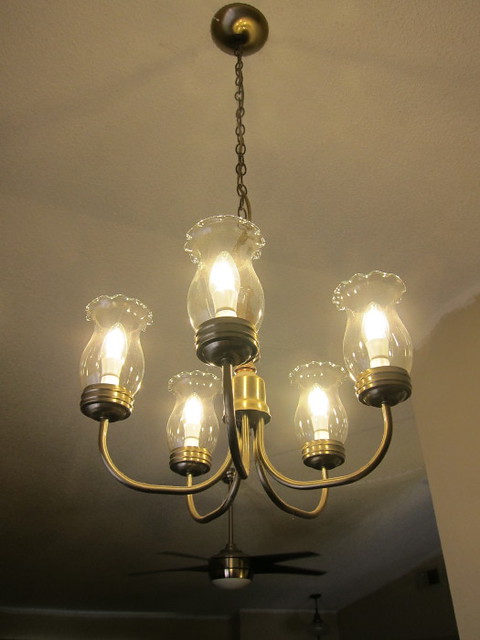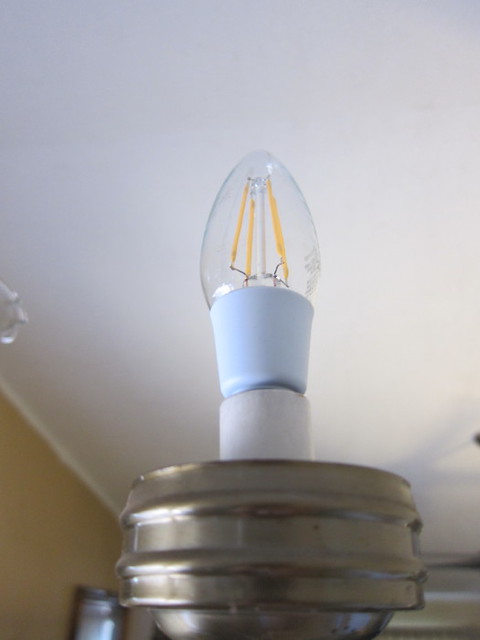ERD50
Give me a museum and I'll fill it. (Picasso) Give me a forum ...
...
I put LEDs into the current house and my husband said we had a big drop in our electric bill, but I don't remember the numbers. ...
I don't take much stock in any claims about the bill going down. Far too many variables to attribute this to a lighting change in most cases.
You'll get a better idea with an estimate of hours/day for each bulb you replaced, times the wattage difference ( about 50W delta for a 60W filament to LED), divided by 1000 to get kW, times 30 days/month, times your kWh rate.
Replacing ten 60W filaments on 8 hours a day (that's a lot of light!), would be 50*10*8 = 4000 W-hr/day = 4kWh/day * 30 = 120 kWh/Month. At $0.11 (you really need your marginal rate here, not average which may include fixed monthly costs), that's a reduction of ~ $13/ month. Maybe noticeable in the other noise, but again, that was a LOT of light.
I actually like this feature of CFLs that most folks complain about. Walk into the cold bathroom, flip the light and the CFLs sort of fade on instead of WHAP. Easier on the pupils.
I predict that this will be programmable in future bulbs. Decades ago, Philips had some filament bulbs with a chip in them - not programmable, but they had bulbs with soft start, and auto time-out after X hours (it would flash to give you a 5 minute warning, and a double flick of the switch would reset the timer). Nice, and the built in soft start (short time for most bulbs, barely noticeable) made them last a long time. I think one lasted ~ 20 years in a hallway that was stitched many times /day.
-ERD50


